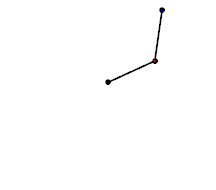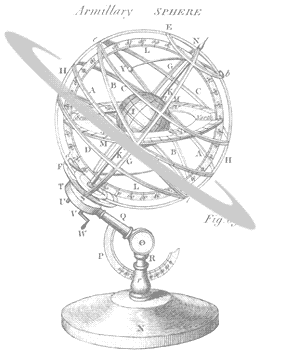Welcome to the PHYS 321A course webpage!
http://visav.phys.uvic.ca/~babul/AstroCourses/P321A
This is the first of two courses that together seek to introduce mathematically sophisticated reformulation of Newtonian mechanics, one of the cornerstones of physics. Generally referred to as "analytical mechanics", this reformulations makes use of infinitesimal calculus at every turn, so facility with the calculus is a pre-requisite. This reformulation was first initiated by Newton and Leibniz at the end of the 17th century but was brought into its own by luminaries such as D'Alembert, Langrange, Hamilton, and Jacobi (among others) who contributed some of its most powerful and elegant concepts, formulations and tools. Today, analytical mechanics continues to play a key role in astrophysics, fluid mechanics and dynamics, earth and ocean studies, engineering, etc., and its mathematical structure has been incorporated into the mathematical architecture of electrodynamics, quantum field theory, etc.

A Double Pendulum
A double jointed pendulum is an example of a simple dynamical system that exhibits richly complex, even chaotic, behaviour. Swinging the pendulum with high energy results in motion that cycles chaotically between normal modes. Swinging it with low energy results in more predictable motion.


